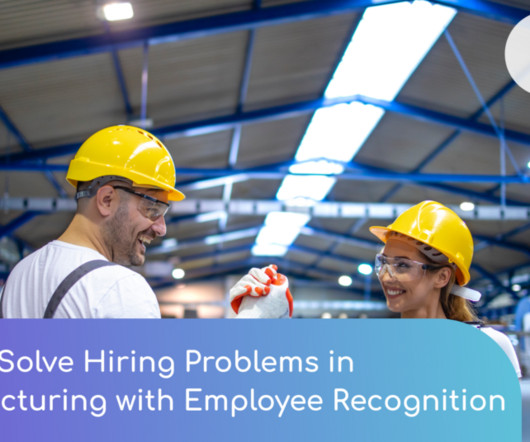Case Study: Strategic Workforce Planning for Rail Infrastructure Managers
Analytics in HR
MARCH 30, 2020
The quantitative model provided us with several useful insights: First, the personnel data shows us that in the period from 2022 till 2028 many employees will leave the company due to retirement. The retirement age was added as a variable as the average age people leave tends to get more flexible. The Results.
































Let's personalize your content